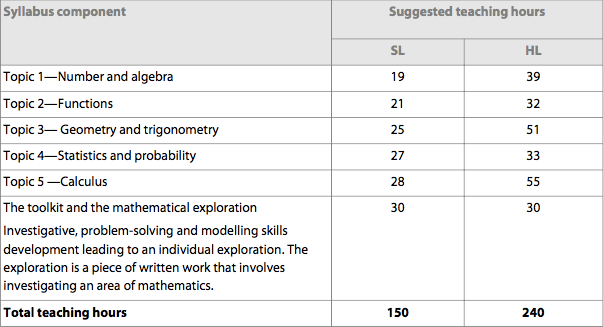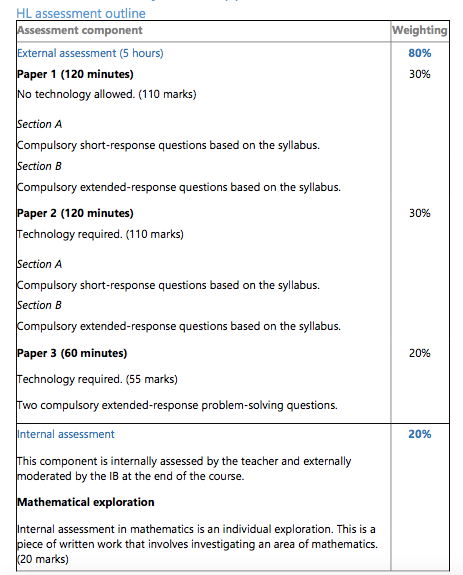Course Description
Music functions as a means of personal and communal identity and expression, and embodies the social and cultural values of individuals and communities. This scenario invites exciting exploration and sensitive study.
A vibrant and stimulating musical education fosters curiosity and openness to both familiar and unfamiliar musical worlds. Through participating in the study of music we are able to explore the similarities, differences and links in music from within our own culture and that of others across time.
The Diploma Programme music course provides the opportunity to build on prior experience in music, and the appropriate foundation for further study in music at university level or in music career pathways. It also provides an enriching and valuable course of study for students who wish to pursue other careers and, at the same time, engage in the world of music as lifelong participants.
Course Objectives
The course enables students to develop their knowledge and potential as musicians, both personally and collaboratively. Having completed the IB music course at Standard Level (SL) or Higher Level (HL), students will be expected to demonstrate knowledge, understanding and perception of music in relation to time, place and cultures. They will be able to use appropriate musical terminology to describe and reflect their critical understanding of music, as well as present comparative analysis of music in relation to time, place and cultures. They will possess critical thinking skills through reflective thought, performance skills through solo or group music making, as well as compositional skills through the exploration, the control and the development of the elements of music.
Prior Learning
It is recommended that at SL students a) have successfully completed two to three years of study at a music conservatory, and b) are familiar with the fundamental concepts of music theory in Western music such as tonality (major and minor scales), music chords and music intervals.
It is highly recommended that at HL students a) have successfully completed three to five years of study at a music conservatory, b) have an understanding of the fundamental concepts of music theory noted above, and c) are familiar with the concepts of music harmony, harmonic rhythm, music form and structure, counterpoint and music texture.
Syllabus Outline
This component is compulsory for both SL and HL students
- Creating
- Solo Performing
- Group Performing
SL students are required to choose only one of the three components noted above.
HL students are required to present both Creating and Solo Performing.
Syllabus Content
Musical Perception
This involves study, analysis and examination, comparing and contrasting of musical cultures. Students actively listen to a wide range of music from different parts of the world, cultures and time periods. Students develop their aural perception and understanding of music by learning about musical elements (such as form, structure, duration, pitch, timbre, dynamics and texture), notations, musical terminology and context. An important part of musical perception is the study of two prescribed works. Two pieces of music are studied. These pieces represent key features from two different times, places and/or musical cultures. Students are required to analyze, examine, compare and contrast these prescribed works.
Investigating Musical Links
Through the study of pieces from different musical cultures students are encouraged to explore, analyze and examine the musical connections existing between two (or more) pieces of music from two distinct musical cultures. Through investigative study and analysis of the similarities and differences between the selected pieces of music, students learn to demonstrate significant musical links. The musical links investigation requires the student toengage in a sustained investigation that is self-directed.
Creating
In this component, students should aim to develop creative skills through exploration, control and development of musical elements. Creativity demands self-discipline and focus on the part of the students as they shape and assemble the musical elements to express a particular mood, character or other intended meaning. The following four options are available: composing, arranging, improvising and stylistic techniques, the latter being the study of the compositional styles of others. SL students are required to present two pieces of coursework, while HL students present three.
Solo Performing
SL students are required to submit a recording selected from pieces presented during one or more public performances(s). The total performance time must be 15 minutes for SL students and 20 minutes for HL students. In performing their pieces students may use any instrument or their voice. Any musical style is permitted. The submission should consist of contrasting pieces which display the student's strengths.
Group Performing
Students following this SL option are expected to be active, participating members of a musical group that performs on a regular basis in public during the course. A group could be as small as two people. However, the participating role of each performer must be of equal musical importance. The total performance time must be 20-30 minutes.
Assessment Outline (SL students)
Students are assessed both externally and internally.
External Assessment (50%)
Listening Paper (30%)
Students are required to answer five musical perception questions.
Musical Links Investigation (20%)
A written media script of no more than 2000 words, investigating the significant musical links between two (or more) pieces from distinct musical cultures.
Internal Assessment (50%)
Students are required to choose one of the following options:
Creating
Students are required to present two pieces of coursework, with recordings and written work.
Solo Performing
Students are required to present a 15-minute recording selected from pieces presented during one or more public performance(s).
Group Performing
Students are required to present a 20 to 30-minute recording selected from pieces presented during two or more public performances.
Assessment Outline (HL students)
Students are assessed both externally and internally.
External Assessment (50%)
Listening Paper (30%)
Students are required to answer seven musical perception questions.
Musical Links Investigation (20%)
A written media script of no more than 2000 words, investigating the significant musical links between two (or more) pieces from distinct musical cultures.
Internal Assessment (50%)
Creating (25%)
Students are required to present three pieces of coursework, with recordings and written work.
Solo Performing (25%)
Students are required to present a 20-minute recording selected from pieces presented during one or more public performance(s).
Teaching Method
Teachers support students throughout their studies, offering expertise and guidance on all sections of the syllabus, as well as on the preparation of submissions. However, it is important that students become responsible for their own learning through an active approach. Throughout the course, students are encouraged to engage with music that is familiar and unfamiliar to them, from a range of times, places and cultures. Through instruction and activities, students develop their understanding of music, and are enabled to make creative connections in their work.
More





